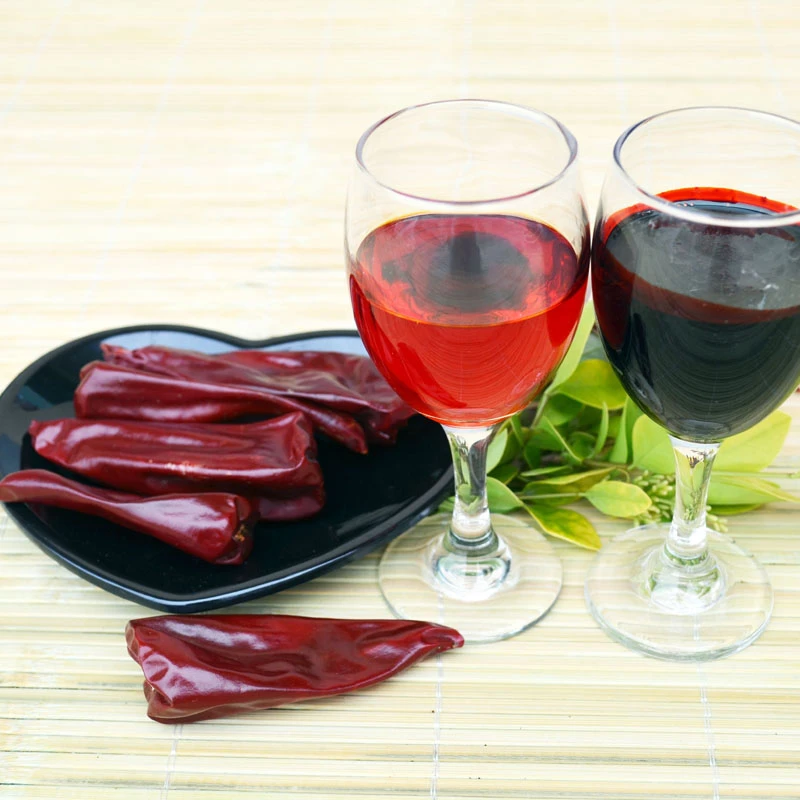- No. 268 Xianghe Street, Economic Development Zone of Xingtai city, Hebei 054001 China
- Byron@hbhongri.cn
paprika e160c
The Versatile Paprika A Deep Dive into E160c
Paprika, a vibrant spice derived from ground capsicum peppers, not only brings color and flavor to dishes around the world but also plays a significant role in the food industry as a natural coloring agent known as E160c. This article will explore the origins, uses, and health benefits of paprika, as well as its role as E160c, providing a comprehensive understanding of this fascinating spice.
Origins and Varieties
Paprika has a rich history, originating in Central America and later spreading to Europe and beyond. The spice we know today is primarily associated with Hungary and Spain, where specific varieties of capsicum are cultivated for their unique flavors and colors. Hungarian paprika is famous for its sweet, mild flavor with a distinct aromatic quality, while Spanish paprika, or pimentón, is often smoked, providing a deeper, more complex taste.
There are various types of paprika, including sweet, hot, and smoked varieties. Each type offers a different flavor profile and heat level, allowing chefs and home cooks to choose according to their culinary needs. This diversity has made paprika a staple in cuisines ranging from Mediterranean to Eastern European dishes.
Culinary Uses
In the kitchen, paprika is an incredibly versatile ingredient. It is commonly used in stews, soups, sauces, and spice blends. Its vibrant red color not only enhances the visual appeal of a dish but also adds a depth of flavor that can elevate even the simplest of recipes. For example, adding paprika to potato salad or deviled eggs can transform everyday dishes into remarkable culinary experiences.
Beyond its flavor and aesthetic contributions, paprika also serves as a natural preservative. The antioxidant properties of paprika can help to extend the shelf life of various food products, making it a valuable ingredient in food preservation.
paprika e160c

Paprika as E160c
In the food industry, paprika is widely recognized as E160c, a food coloring agent used to enhance the appearance of products. Given its natural origins and vibrant hue, paprika is favored over synthetic colorants for many applications. The use of E160c is prevalent in a wide array of foods, including sauces, snacks, and processed meats.
Consumers are increasingly looking for natural and recognizable ingredients in their food, and E160c fits this demand perfectly. As a result, food manufacturers often prefer using paprika as a coloring agent to meet consumer preferences for clean labels and natural products.
Health Benefits
Beyond its culinary uses, paprika boasts several health benefits. Rich in vitamins A, E, and several B vitamins, paprika can contribute to overall nutritional health. The bright red color of paprika indicates a high content of carotenoids, which are antioxidants known to combat free radicals in the body.
Additionally, paprika may have anti-inflammatory properties, which can be beneficial for individuals suffering from chronic pain or inflammatory conditions. Some studies have suggested that the capsaicin present in certain types of paprika may aid in pain relief, making it an interesting ingredient in natural health remedies.
Conclusion
In conclusion, paprika is much more than just a spice; it is a cornerstone of culinary traditions and a vital ingredient in the food industry as E160c. With its rich history, diverse varieties, and multifaceted uses, paprika continues to captivate the culinary world and health-conscious consumers alike. Whether enjoyed in a hearty goulash, as a seasoning for roasted vegetables, or as a natural coloring agent in processed foods, paprika undeniably adds an exceptional touch to our plates and palates. As we increasingly seek natural ingredients that enhance both flavor and nutrition, the significance of paprika is likely to grow, securing its place in kitchens and on shelves for years to come.
-
Turmeric Rhizome Powder: A Golden Treasure from Roots to TableNewsJul.28,2025
-
The Versatile Application Of Crushed Red Hot Peppers: Lighting Up The Red Flames On The Dining TableNewsJul.28,2025
-
The Paprika: A Touch Of Vibrant Red In Color, Flavor, And CultureNewsJul.28,2025
-
Ground Turmeric: A Modern Examination of an Ancient SpiceNewsJul.28,2025
-
Capsicum Liquid Extract: Features, Applications, and ChallengesNewsJul.28,2025
-
Application of Capsicum Liquid Extract in FoodNewsJul.28,2025







